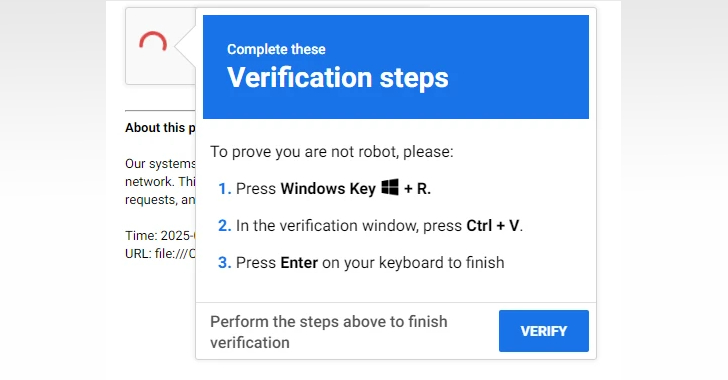
A Cyber Readiness Assessment Checklist
In the digital era, the paradigm of cybersecurity is ever-evolving, making it imperative for organizations to be proactive in safeguarding their assets. A Cyber Readiness Assessment Checklist is a critical tool in gauging the resilience and preparedness of an entity in the face of cyber threats. The following checklist provides a structured approach to assess, enhance, and maintain a robust cybersecurity posture.
- Identify Critical Assets and Systems
Catalog all organizational assets, both physical and digital.
Identify critical systems, databases, and applications.
Evaluate and categorize assets based on their confidentiality, integrity, and availability (CIA) requirements.
- Conduct Risk Assessment
Identify potential vulnerabilities in systems, applications, and networks.
Evaluate potential threats and likelihood of occurrence.
Assess the impact of risks on the organization’s operations, reputation, and finances.
Prioritize risks based on their severity and probability.
- Develop and Implement Security Policies and Procedures
Create comprehensive security policies addressing access control, data protection, incident response, and more.
Ensure all employees are aware of and trained on security policies.
Regularly update policies to reflect the changing threat landscape and organizational changes.
- Implement Strong Access Controls
Enforce the principle of least privilege (PoLP).
Employ strong password policies and multi-factor authentication (MFA).
Regularly review and update user access permissions.
- Secure Network Infrastructure
Install firewalls, intrusion detection/prevention systems, and anti-malware solutions.
Regularly update and patch software, operating systems, and firmware.
Segment networks to isolate critical systems and restrict lateral movement.
- Enhance Endpoint Security
Deploy endpoint protection solutions on all devices.
Monitor endpoints for signs of malicious activity.
Implement mobile device management (MDM) solutions for portable devices.
- Regularly Backup Data
Conduct regular backups of critical data and systems.
Store backups in a secure offsite location.
Regularly test the recovery of data from backups.
- Conduct Vulnerability Assessment and Penetration Testing (VAPT)
Perform regular vulnerability assessments to identify and address security gaps.
Conduct penetration testing to simulate real-world attacks and assess defensive capabilities.
Address identified vulnerabilities promptly and thoroughly.
- Educate and Train Employees
Develop and implement cybersecurity awareness training programs.
Conduct regular training sessions to keep employees informed about the latest threats and best practices.
Encourage a culture of cybersecurity awareness and responsibility.
- Incident Response Planning
Develop a comprehensive incident response plan (IRP) detailing the steps to take in the event of a security breach.
Regularly review and update the IRP to address evolving threats.
Conduct periodic drills to ensure staff are familiar with the IRP and can act swiftly in case of an incident.
- Compliance and Legal Requirements
Understand and adhere to relevant regulatory and compliance requirements, such as GDPR, HIPAA, or PCI-DSS.
Regularly review compliance status and adjust practices accordingly.
Conduct audits to ensure compliance with internal policies and external regulations.
- Vendor Risk Management
Evaluate the cybersecurity posture of third-party vendors and service providers.
Establish clear security expectations and requirements in contracts.
Monitor vendor compliance with security standards.
- Physical Security Measures
Secure physical access to organizational facilities and data centers.
Implement surveillance systems and access controls.
Train staff on physical security protocols.
- Security Monitoring and Log Management
Deploy security information and event management (SIEM) solutions for real-time monitoring and analysis.
Regularly review logs for signs of suspicious activity.
Retain logs in compliance with organizational policies and legal requirements.
- Cyber Insurance
Evaluate the need for cyber insurance based on risk assessment outcomes.
Understand the coverage and limitations of cyber insurance policies.
Regularly review and adjust coverage based on changes in risk profile.
- Evaluate Emerging Technologies
Stay informed about emerging technologies and cybersecurity solutions.
Evaluate the benefits and risks of adopting new technologies.
Implement solutions that enhance security while aligning with organizational objectives.
In conclusion, this Cyber Readiness Assessment Checklist offers a comprehensive approach to evaluating and bolstering the cybersecurity posture of an organization. Regularly reviewing and updating this checklist is vital to staying ahead of the evolving threat landscape and ensuring the ongoing security and resilience of the organization’s assets and operations. By fostering a culture of cybersecurity awareness and proactively addressing vulnerabilities, organizations can significantly mitigate the risks and impacts associated with cyber threats.
Contact Cyber Defense Advisors to learn more about our Cyber Insurance Readiness Assessment solutions.





